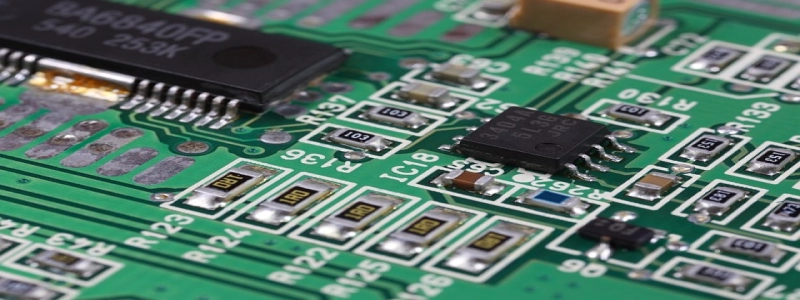How Long Can Ethernet Cable Be Before Signal Loss
Introduction:
Ethernet cables are the lifeline of our digital communication systems, providing high-speed internet connectivity to our devices. However, the length of an Ethernet cable can impact the quality and strength of the signal being transmitted. In this article, we will explore the factors that determine the maximum length of an Ethernet cable before signal loss occurs.
I. Understanding the Basics of Ethernet Cables:
Ethernet cables are made up of conductive wires and insulation that enable the transmission of electrical signals. These cables utilize a twisted pair design, where the wires are twisted together in a specific pattern. This design helps minimize electromagnetic interference and signal degradation.
II. Factors Influencing Signal Loss:
Several factors come into play when determining how long an Ethernet cable can be before signal loss occurs. These factors include:
a) Cable Category: Ethernet cables are classified into different categories, such as Cat 5, Cat 6, and Cat 7, each with varying capabilities and limitations. Higher category cables generally have better shielding and insulation, allowing for longer cable lengths without significant signal loss.
b) Cable Quality: The quality of the cable itself plays a vital role in signal transmission. High-quality cables with better conductive materials and insulation will generally have lower signal loss over longer distances.
c) Signal Frequency: Ethernet cables transmit signals at specific frequencies, usually measured in megahertz (MHz). Higher frequencies can result in greater signal loss over distance, as they are more prone to interference and attenuation.
III. Ethernet Cable Length limitations:
The Institute of Electrical and Electronics Engineers (IEEE) has set standards for cable length limitations to ensure reliable data transmission. Here are some general guidelines:
a) Cat 5e Cables: Cat 5e cables are capable of transmitting signals up to 100 meters (328 feet) without significant signal loss.
b) Cat 6 Cables: Cat 6 cables can maintain signal integrity up to 55 meters (180 feet) before experiencing substantial signal loss.
c) Cat 6a and Cat 7 Cables: These cables offer improved shielding and insulation, allowing for signal transmission up to 100 meters (328 feet) with minimal signal loss.
IV. Best Practices for Extended Cable Lengths:
If you need to extend your Ethernet cable beyond the recommended lengths, consider employing the following best practices:
a) Use Signal Boosters: Signal boosters or Ethernet repeaters can help amplify the signal and extend the effective length of the cable.
b) Maintain Proper Cable Routing: Avoid running Ethernet cables parallel to power lines or other sources of electromagnetic interference, as this can increase signal loss.
c) Check Cable Connections: Ensure that the cable connectors are properly crimped and securely fastened to minimize signal loss.
Conclusion:
While Ethernet cables provide reliable internet connectivity, it is important to understand the limitations of cable length to prevent signal loss. By using higher category cables, maintaining cable quality, and following best practices for extended lengths, we can ensure efficient transmission of data over longer distances.








